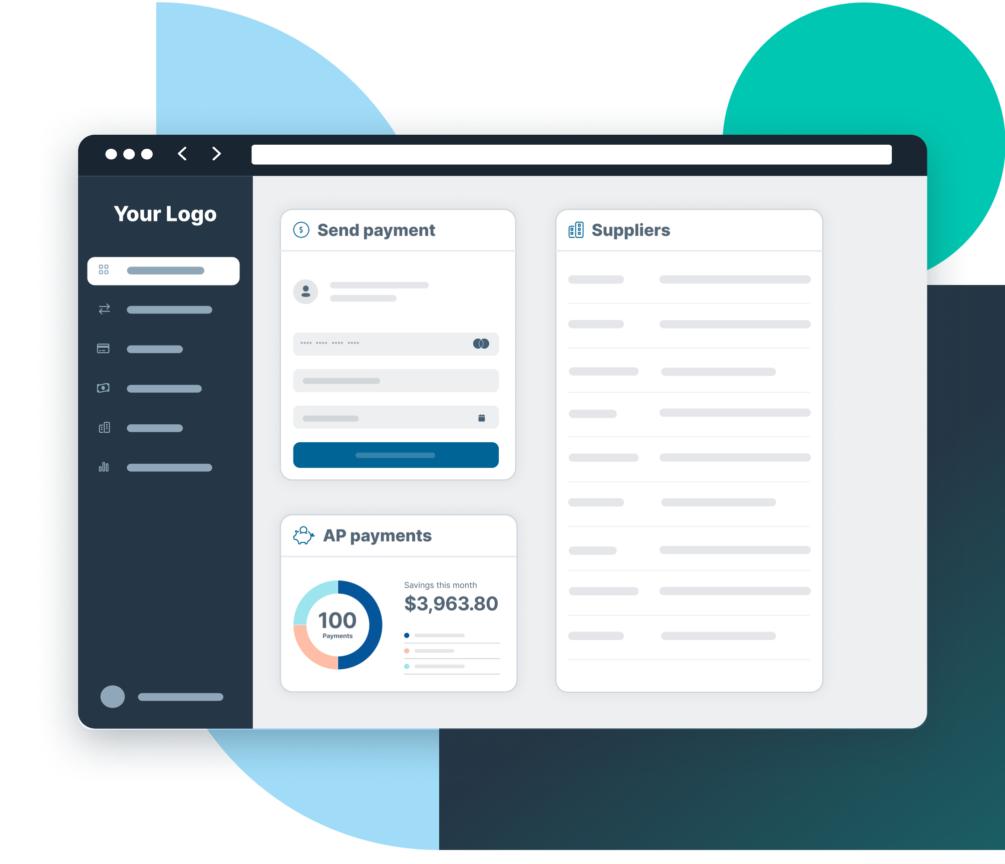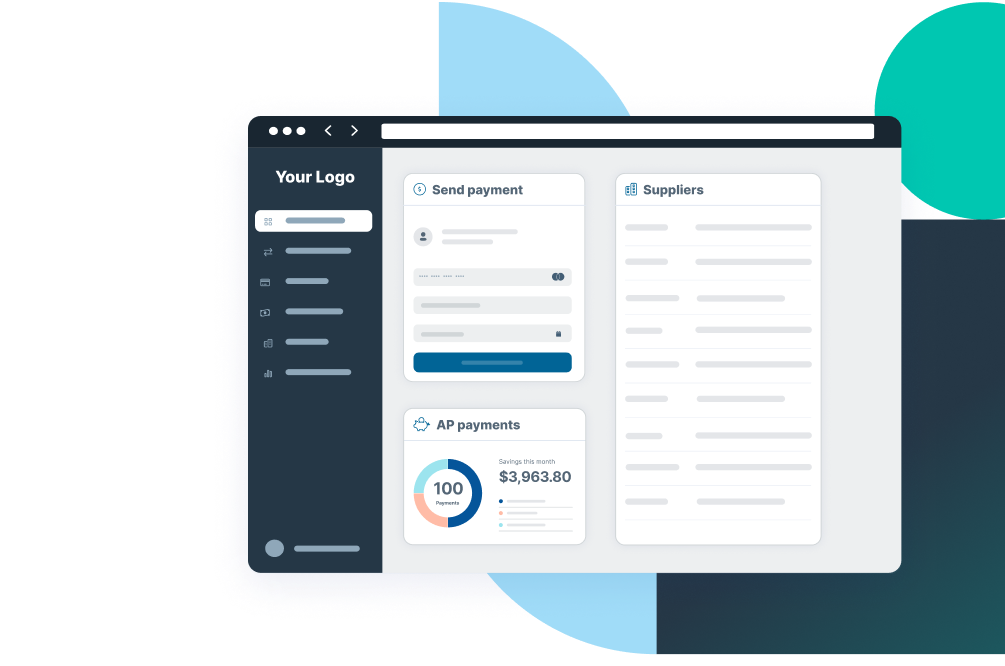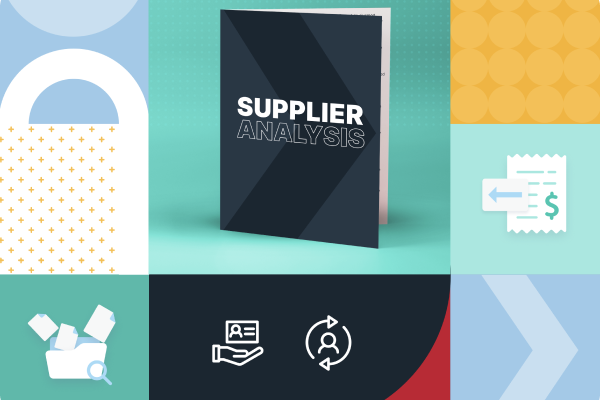A modern payment processing platform for your customers
WEX’s back-end platform integrates with your branded solution to optimize your customers’ payments processes so you can focus on innovation and growing your business.



End-to-end payments for your customers
See how WEX simplifies business payments for your customers
From virtual cards to payment delivery, as your partner, WEX offers end-to-end capabilities, including a bank, all in one place—helping you to easily deliver greater value to your customers across global markets and currencies. Give your customers better visibility, security, and even generate revenue through rebates along the way.
Seamless and scalable integration
In the fast-paced world of payments, WEX has stayed ahead of the curve as a pioneer of virtual card payments and with our modular payment processing technology. With WEX, you can offer a multi-modal payments processing and reconciliation solution to your customers.
- Flexible pay-and-get-paid solutions that meet your customers’ needs
- Customizable processing stack, to support multiple payment types and delivery options
- Fast, modular integrations with your customer systems
- An ever-expanding set of more than a million suppliers already accepting WEX virtual cards
- Experienced in navigating regional and global regulatory environments

Scale, stability and reach
Simplify your payments with the WEX payment platform
Rely on our platform to manage everything from accounts payable to issuing to transaction processing.
Payment Management
Payment issuing
Payment processor
Payment Delivery
Transform your business with increased efficiency and revenue
Let WEX payments solutions work for your business
Stay connected
Subscribe to our Corporate Payments Edge newsletter and follow us on social media to keep up with the latest payments innovations.






